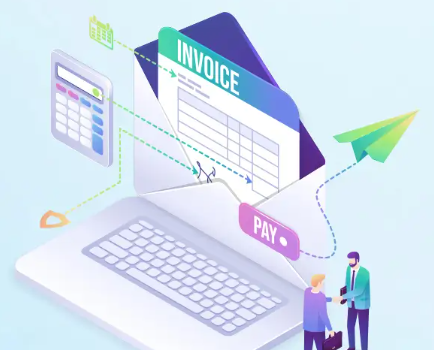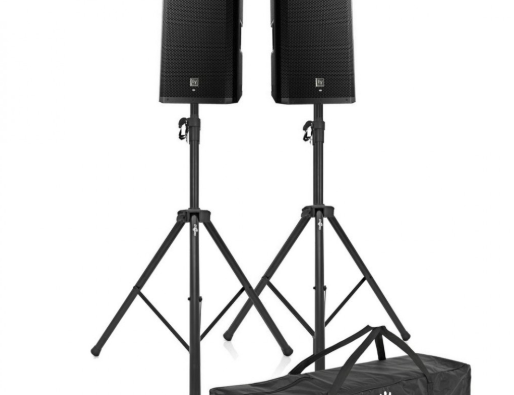
When your business starts expanding internationally, selecting the right global billing system is crucial for smooth operations. With the complexity of cross-border payments, compliance with different regulations, and the need for flexibility, a solid billing system can help streamline your finances and support growth. Here’s a guide to help you make the right choice.
Key Features to Look for in a Global Billing System
A global billing system should address a variety of needs for businesses operating internationally. Here are the top features you must prioritize:
- Multi-Currency Support: Handling payments in multiple currencies is a must for international businesses.
- Tax Management: The system should support various tax types and help with compliance across different regions.
- Subscription Management: Essential for businesses offering recurring billing.
- Fraud Prevention: A good system will have built-in fraud detection to protect against unauthorized transactions.
- Data Security: Look for PCI DSS compliance to ensure your system meets the highest data protection standards.
Top Global Billing Systems
There are many options available, but a few systems stand out for their functionality, reliability, and scalability:
- Stripe Billing: Ideal for businesses of all sizes, offering a wide range of features including invoicing and subscriptions.
- Chargebee: Great for handling complex billing requirements with advanced revenue recognition capabilities.
- Recurly: A user-friendly system for subscription-based businesses.
- Zuora: Best suited for large enterprises with high-volume transactions.
Key Considerations When Choosing a Global Billing System
When selecting a billing system for your business, it’s important to ensure that it aligns with your needs. Here are a few factors to consider:
- Scalability: As your business grows, your billing needs will increase. Choose a system that can scale alongside your operations.
- Integration: Ensure that the system integrates seamlessly with your existing business tools like CRMs, accounting software, and customer service platforms.
- Pricing Structure: Compare the pricing models of different systems to find one that suits your business’s needs and budget.
- Security and Compliance: The right system should adhere to security standards and compliance regulations to protect your business and customer data.
How Global Billing Systems Work
Global billing systems are designed to streamline the billing process while keeping your operations efficient and compliant. They typically consist of three main components:
- Usage Metering: This tracks how your customers use your product or service.
- Invoice Generation: This component generates invoices based on the tracked usage.
- Payment Management: Handles payment processing, including multi-currency support.
Together, these components ensure that payments are processed correctly and efficiently across borders.
Handling Multiple Currencies
One of the key challenges in global billing is dealing with multiple currencies. A robust billing system should be able to:
- Exchange Currencies: Automatically update exchange rates and display prices in the customer’s local currency.
- Protect Against Currency Fluctuations: Some systems lock in exchange rates during the transaction, which protects both businesses and customers from sudden currency fluctuations.
Offering pricing in your customer’s currency can help build trust and encourage sales.
Complying with Global Regulations
Global billing systems must also comply with various international regulations. Some key compliance standards to consider are:
- Anti-Money Laundering (AML): Your billing system should help verify customer identities and monitor suspicious transactions.
- Know Your Customer (KYC): This requires systems to verify the identities of customers before processing payments.
- Payment Card Industry Data Security Standard (PCI DSS): If you handle credit card payments, your system must comply with PCI DSS to ensure data protection.
- ISO 20022: A messaging standard for banks that will become more prominent by 2025. Make sure your system is ready for it.
Must-Have Features for Your Billing System
In addition to the core features mentioned above, there are other functionalities that can make managing your global business more efficient:
- Subscription Management: If your business uses subscription models, your billing system should handle automatic recurring payments, flexible pricing models, and provide easy cancellation and trial period options.
- Payment Gateway Integration: Ensure your billing system integrates with popular payment methods like Stripe, PayPal, and others, and supports multiple currencies for global transactions.
- Tax Management: Your billing system should automatically calculate taxes based on the customer’s location and support multiple tax types, such as VAT or GST.
Setting Up Your Billing System
Setting up a global billing system requires more than just selecting the right provider. Here’s what you need to do to get started:
- Assess System Requirements: Ensure your IT infrastructure can handle the system’s demands, including scalability and security.
- Connect Your Tools: Integrate your billing system with other business tools like CRMs, accounting systems, and payment gateways.
- Test and Train: Before going live, thoroughly test the system to ensure everything functions as expected. Also, train your team on how to use the system effectively.
Security and Fraud Prevention
When dealing with global payments, ensuring security is a priority. A good global billing system will include:
- PCI DSS Compliance: This standard is crucial for any system handling credit card payments. Ensure your provider meets the latest PCI DSS standards.
- Encryption: Use point-to-point encryption and tokenization to protect customer data during transactions.
- Fraud Detection: Implement AI-powered fraud detection tools that can identify suspicious activities in real-time.
Keeping Your System Up-to-Date
Once your global billing system is up and running, you need to monitor its performance regularly. This includes:
- Tracking Key Metrics: Regularly check transaction accuracy, system uptime, and customer satisfaction.
- Conducting Regular Audits: Perform audits to ensure compliance with global regulations and identify potential issues.
- Continuous Improvements: Use feedback and data to improve your system and adapt it to changing business needs.
Final Thoughts
Selecting the right global billing system is a significant decision that can directly impact the success of your business on the international stage. It’s essential to evaluate features such as multi-currency support, security compliance, scalability, and integration capabilities to ensure that your system meets the needs of your business as it grows.












